Canine distemper is a highly contagious disease that all dog owners should be aware of due to its severity. With no known cure, distemper sadly often leads to death in those infected.
While this illness is certainly one to fear, it’s thankfully preventable.
We’ll explain everything you need to know about canine distemper, including the best ways to prevent it, below.
Canine Distemper: Key Takeaways
- Canine distemper is one of the most dangerous viruses among dogs, though it’s preventable with regular vaccination. Keeping your dog up-to-date on distemper boosters after the initial series in puppyhood is essential for life-long virus protection.
- Avoiding other dogs and wild animals is the most effective way to prevent an unvaccinated puppy from contracting the virus before vaccination. Since distemper is easily transmissible, your unvaccinated puppy is at risk in uncontrolled settings, such as dog parks.
- Canine distemper has no cure. Because there’s no cure for this dangerous virus, owners simply must take prevention seriously.
What Is Dog Distemper and How Do Dogs Catch It?
Canine distemper (CDV) is a virus caused by the paramyxovirus. This illness spreads rapidly through a dog’s body and affects multiple organ systems, causing widespread damage and ultimately death in many cases.
Carried among canines, mustelids (weasels and their relatives), and small mammals like raccoons, dog distemper is highly contagious and spreads easily through the air and contact with blood, saliva, urine, or respiratory discharge. It can also pass between a pregnant dog and her unborn puppies.
Infected animals shed viral cells for months, making transmission possible over broad areas for a significant portion of time. The ease of contact transmission is notable, as something as simple as sharing a food bowl with an infected animal can lead to viral spread.
Dogs most at risk of contracting canine distemper are the unvaccinated, particularly those less than four months of age.
Your unvaccinated dog also has an increased likelihood of exposure if he visits areas with other potentially unvaccinated dogs, such as dog parks. Hunting dogs also see an elevated risk due to contact with wild animals.
What Are the Symptoms of Canine Distemper?

Due to the multisystem nature of canine distemper, its symptoms are widespread and often confused with other illnesses, like rabies. Clinical signs generally present within three days of infection and vary from dog to dog.
Most commonly, dogs infected with canine distemper show the following signs:
- Thick eye discharge
- Sneezing
- Coughing
- Lethargy
- Lack of appetite
- Fever
- Nasal discharge
- Vomiting
- Diarrhea
- Difficulty breathing
- Paw pad thickening
As the disease progresses, it can cause severe neurological symptoms, including:
- Circling or pacing
- Repetitive eye movements
- Head tilting
- Muscle twitching
- Increased salivation
- Partial or total paralysis
- Seizures
Can Canine Distemper Be Treated?
While veterinarians can treat the symptoms of canine distemper and try to make infected dogs more comfortable through fluid administration and controlling digestive upset, there is no cure for the virus itself.
Many dogs succumb to the illness, and owners are often forced to make the difficult decision to euthanize their pet as neurological changes set in.
Dogs who recover from canine distemper are often left with life-long effects, including muscle twitching, hyperkeratosis of the nose and foot pads, underdeveloped tooth enamel, poor coordination, and seizures. Infected dogs will also need to spend an extended period isolated from other dogs to prevent spreading the infection.
How Can You Prevent Your Dog from Contracting Canine Distemper?
Canine distemper can be prevented with the distemper vaccine, administered first in a series of puppy shots your dog should receive during puppyhood.
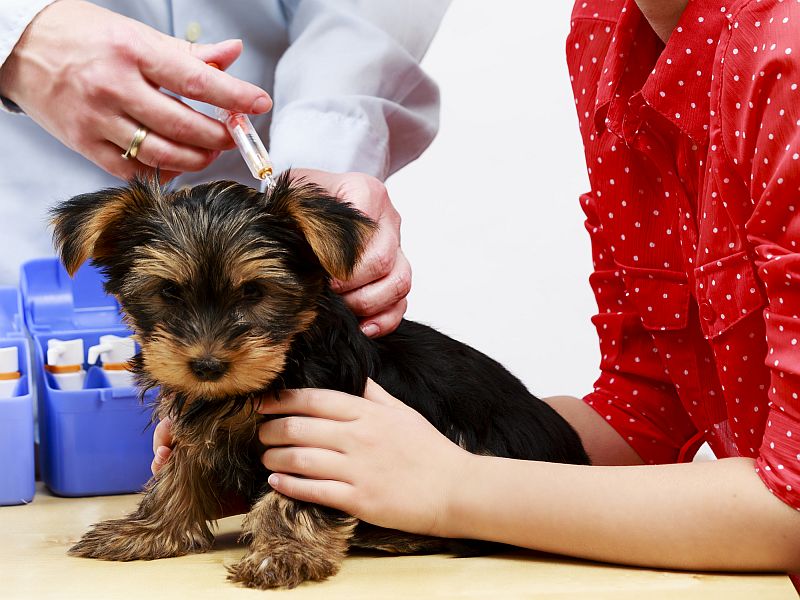
Additionally, every one to two years, your dog will need to get a booster shot to keep his immune system primed to battle this virus. It’s critical to stick to this vaccine schedule and avoid gaps to ensure complete protection.
The distemper vaccine is generally a combination vaccine, adding inoculations for other serious dog illnesses into one shot series, sometimes labeled as DHPP or DHPPV on your records, depending on the shot.
These combination vaccines may include protection against:
- Canine infectious hepatitis
- Parvovirus
- Parainfluenza
- Leptospirosis
These vaccines are first given in a series of three vaccines, generally at 8, 12, and 16 weeks of age. This is why isolating puppies from potentially unvaccinated dogs is so critical, as they aren’t fully protected until four months of age in most cases.
The distemper vaccine needs to be administered every year to two years, depending on the vaccine and your veterinarian’s recommendations.
In some cases, a titer can be done to check your dog’s blood for antibodies in lieu of a vaccine. Generally, titers are done on older dogs or those with vaccine sensitivities. This is expensive in comparison to just getting the vaccine, however.
Remember: A vaccine is a preventative. Sticking to a vaccine schedule is far less expensive (and heartbreaking) than trying to save a dog with a preventative illness, such as canine distemper.
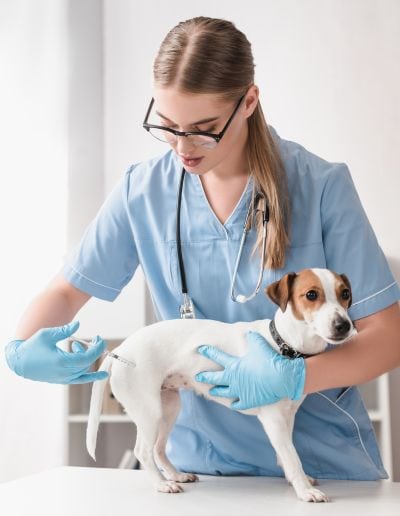
You may be able to find low-cost pet vaccinations in your area, keeping your best friend safe for less.
In addition to vaccinating your dog against this deadly virus, follow some common-sense safety rules to prevent infection while undergoing the initial vaccine series:
- Avoid contact with wildlife. If your dog isn’t fully vaccinated yet, do not put him at risk of exposure to foxes, coyotes, or other known carriers. You should do this with a puppy anyway, but sometimes hunting dogs are exposed early in life in the field. Always make sure this training occurs after completing all core vaccines, including distemper.
- Repel wildlife: In addition to preventing one-on-one contact, you want to prevent wild animals from lingering around your property. Yes, this is a concern in the suburbs and city, too, as raccoons love to scavenge for trash or pet food in yards. Cases of CDV in raccoons increase in the fall, especially. If you know wildlife frequents your yard, keep all food and water bowls indoors and clean areas your puppy goes regularly.
- Skip dog parks or group classes. We know it’s hard, but until your pup is fully vaccinated, it’s best to avoid any places where your puppy could be exposed to a carrier.
***
Canine distemper is a formidable foe, but you can protect your pooch with a simple vaccine. Now that you know the virus’s ins and outs, you can keep your dog safe and spread the word to other pup parents.
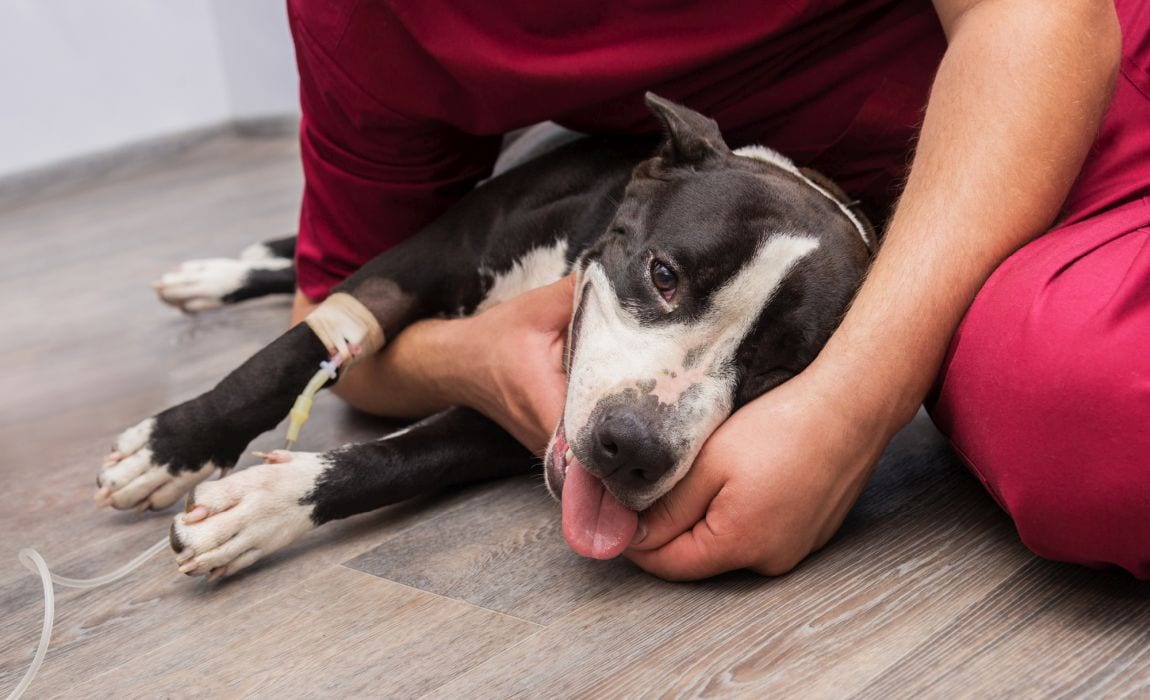


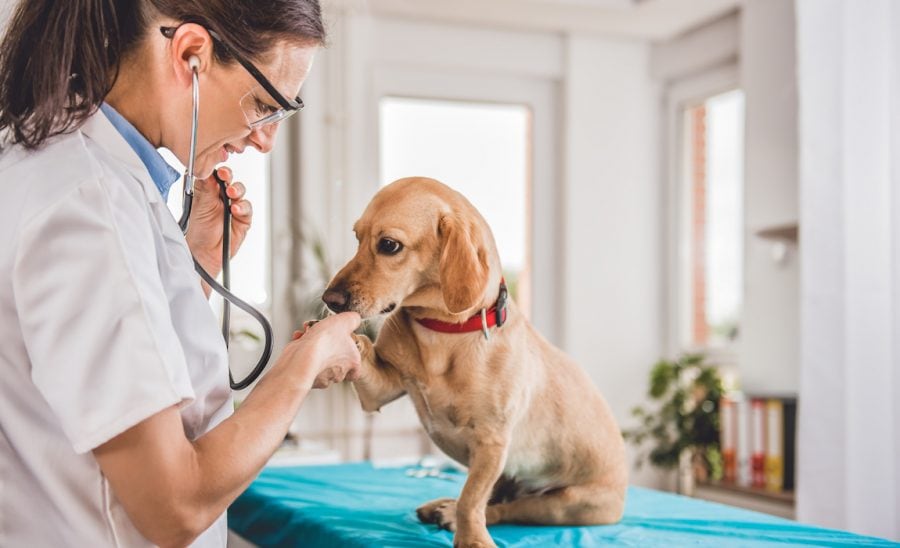




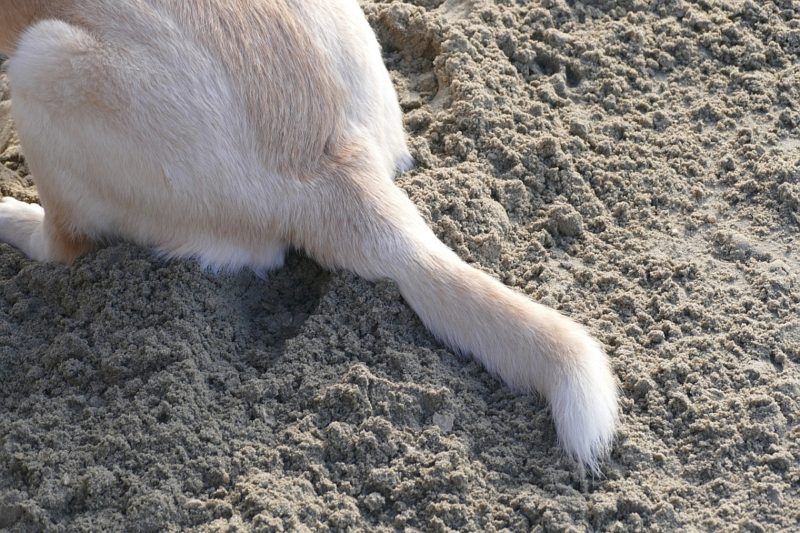
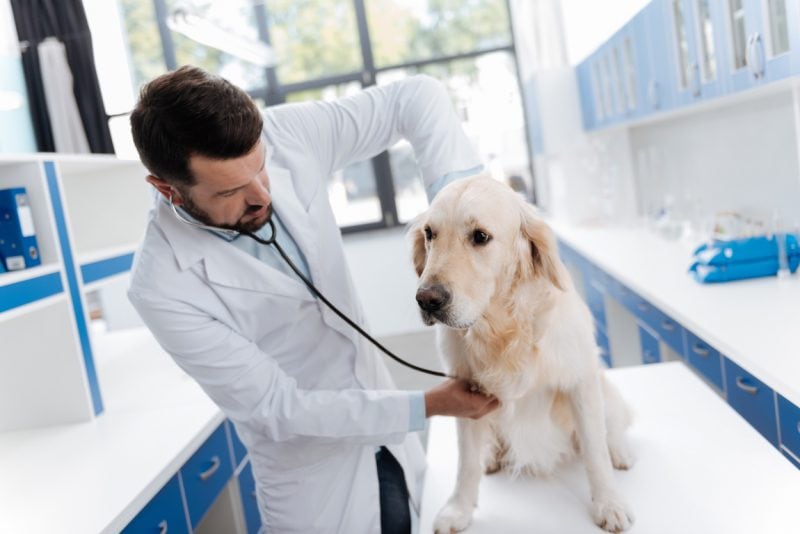
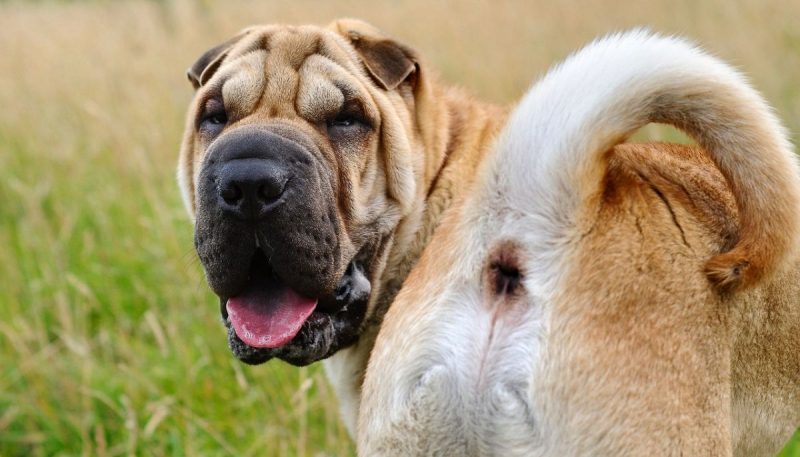
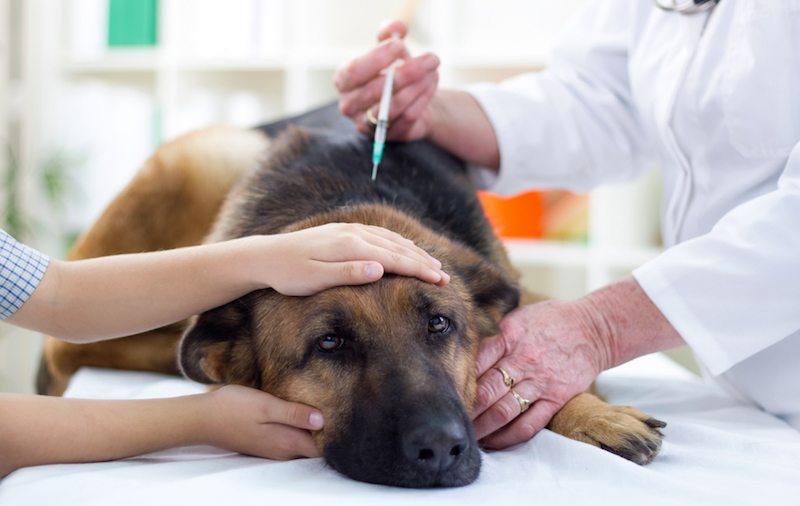

Leave a Comment